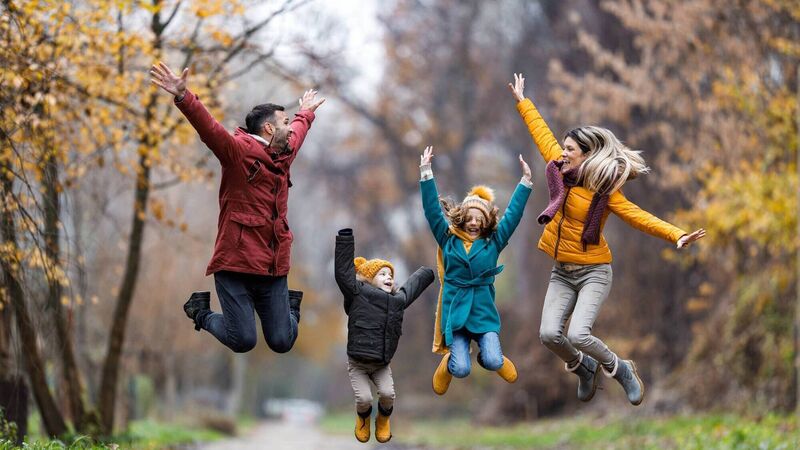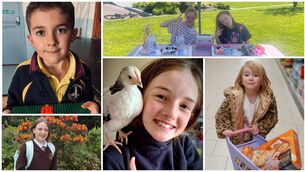15 ideas to keep children entertained during Twixmas

Picture: iStock
Right now, your mind’s probably 100% on Santa, Christmas dinner, and last-minute gifts you need to buy – and not so much on that post-Christmas phase when children are on holiday and you’re all in the house together.
But the start of that 10-day period is just days away – screens will feature of course, but why not make it a time of fun togetherness involving plenty of outdoor activity too. Here are 15 ideas:








